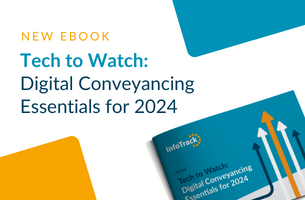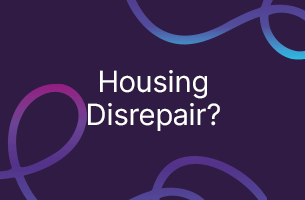
Remote hearings: Some communication difficulties
Public users of the courts generally prefer remote to in-person hearings, but they have led to declining levels of respect, formality and concentration, according to government research.
The report from HM Courts and Tribunals Service (HMCTS) also found lawyers significantly keener than judges on retaining remote hearings after the pandemic passes.
HMCTS surveyed 8,328 people in total since the start of the pandemic, including 4,808 parties, 2,022 lawyers and 1,140 judges. There were also 180 qualitative interviews.
“Overall, across all jurisdictions and key demographic groups, public users who attended hearings remotely had an equal or better experience with their hearing than those who attended in-person,” the report found.
It explained: “Drivers for satisfaction were strong judge moderation, comfort and security of joining from home, less travel time and costs, time off work and childcare needed.”
Judges sitting in tribunals were generally more positive about the use of remote hearings compared to other jurisdictions.
“Those sitting in civil and family courts were more likely to report that remote hearings have had an impact on their health and wellbeing compared to other jurisdictions and they were also more likely to report challenges with e-bundles and sharing evidence.
“They also were more likely to report that remote hearings take longer than in-person hearings. Judges sitting in criminal courts were most likely to express strong preferences for in-person hearings.”
There were different trends from lawyers, with those working in crime being more likely to report a preference for joining hearings from home and to consider that remote hearings could be acceptable for hearings post pandemic.
Lawyers working in tribunals were least likely to report preferences for remote hearings.
The research said that one in five public users on remote hearings experienced IT issues, mainly inconsistent audio quality and people being disconnected.
Unsurprisingly, they also found it harder to communicate with their lawyer; two-thirds of lawyers felt they were able to communicate effectively with their clients, with access to a second device and pre-arranging communication methods key to this.
Around half of judges (51%) and 69% of lawyers thought remote hearings were effective at creating a comparable environment to in-person hearings, but they identified reductions in formality, respect and concentration.
Some reported “parties drinking tea and coffee, smoking, eating, dressing informally and in some cases the TV may be on in the same room or people may have feet on a table”.
Over half (56%) of public users felt remote hearings would be acceptable after the pandemic, with those who had experienced one saying would prefer it to an in-person hearing.
There was a much wider range of views among professionals about the future – 77% of lawyers said remote hearings were an acceptable alternative beyond the pandemic, compared to 49% of judges. Meanwhile, 35% of lawyers said they actively preferred remote hearings to in-person, compared to 13% of judges, figures reversed the other way around. The largest proportion of each group said it depended on the circumstances.
Among the report’s recommendations were that, as remote video generally provided a better experience than audio, “video hearings should take precedence over audio hearings in most contexts wherever possible unless there are specific support requests or technical issues”.
Though “more could be done to improve the experiences of public user groups less satisfied with their overall experience, including those with vulnerable characteristics”, HMCTS noted that their dissatisfaction was not linked to whether the hearing was remote or in-person.
The research also highlighted how remote hearings worked less well for public users who required an interpreter.
Across remote and in-person court users, a similar proportion felt they received a fair hearing, had confidence in how the court or tribunal handled their case and agreed their case was given an appropriate amount of care and attention (varying from 60%-69% across the different measures).
But to improve the formality of proceedings, the report said it was “important to promote guidance to judges and legal representatives on how to encourage users to uphold the formality of the courts during remote hearings, through their introductions”.















Leave a Comment